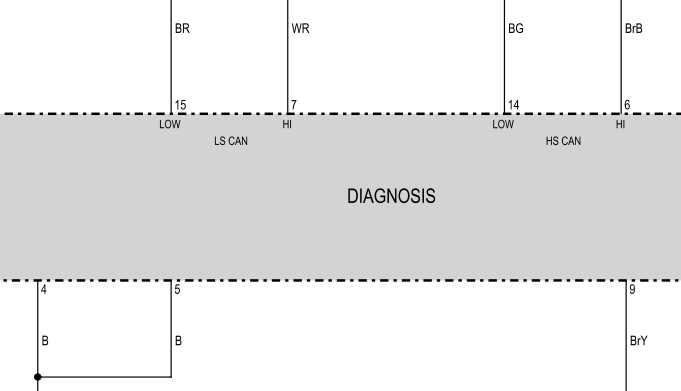 Some users working with SsangYong vehicles equipped with DCM3.7AP ECU are faced with the inability to perform variant coding, injector coding and VIN writing. This problem has one root and is associated with the rejection of the tester’s (diagnostic application) request to the Security Access Service in the ECU, which is necessary to perform such procedures.
Some users working with SsangYong vehicles equipped with DCM3.7AP ECU are faced with the inability to perform variant coding, injector coding and VIN writing. This problem has one root and is associated with the rejection of the tester’s (diagnostic application) request to the Security Access Service in the ECU, which is necessary to perform such procedures.
According to the UDS protocol, after establishing a diagnostic session, the tester (diagnostic application) can request the Security Access Service to obtain the “Seed” necessary to generate the “Key” to pass the security access algorithm.
In some cases, the DCM3.7AP ECU on a SsangYong constantly responds with NRC code 0x37 (Negative Response Code 0x37) to the tester's requests to the Security Access Service (SID 0x27). This NRC code 0x37 (RequiredTimeDelayNotExpired) means that the security timer is active and the ECU is not allowing any procedures that require security access to be performed.
Communication log example:
T 10 40 R 50 40 00 14 00 C8 T 27 03 R 7F 27 37 T 27 03 R 7F 27 37 T 27 03 R 7F 27 37
- If NRC 0x37 is received, you must wait until the security timer expires. The time required to reset the timer in the SsangYong DCM3.7AP ECU can be long, up to several hours or more. It is recommended to wait several hours with the ignition ON and repeat the procedures you are trying to perform.
- Do not use any other diagnostic scan tool as it may generate an incorrect security key and the ECU will re-activate the security timer.
- Another reason why the security timer is constantly active in the SsangYong DCM3.7AP ECU is the use of non-original (tuning) firmware.
- On SsangYong Korando-C (New Actyon) and Tivoli/XLV (up to X117), this problem may be associated with non-standard pinout of the diagnostic connector. These vehicles have two CAN buses: one is the standard P-CAN, located on pins 6-14, and the second is B-CAN (Low Speed CAN), which SsangYong engineers connected to pins 7-15 of the diagnostic connector. This pinout violates the SAE J1962 standard.
With DAP4CS you can use adapters such as K+CAN Commander 1.4, ELM327, ELS27, OBDLink, J2534 adapters such as Tactrix OpenPort 2.0. But these adapters do not have a K-line multiplexer and when connected to the vehicle's diagnostic connector, they output voltage on the K and L lines located on pins No. 7 and 15. This complies with SAE J1962, but may interfere with the B-CAN bus, which located on pins 7-15 of the diagnostic connector on Korando C and Tivoli. In this case, the operation of the B-CAN may be impaired and the security timer in the ECU will always be active. But this feature of the security algorithm may depend on the firmware version of the ECU and BCM on SsangYong.
If you use such an adapter and faced with this problem, try not to connect it directly to car's OBD2 connector. You can connect the CAN bus using only two wires from the adapter to the OBD2 connector. The CAN bus is located on pins 6-14. Or try using an adapter that has a built-in K-line multiplexer, for example Scanmatik SM2-PRO.

